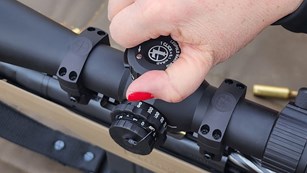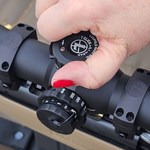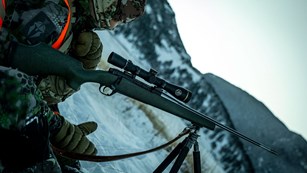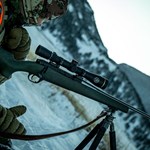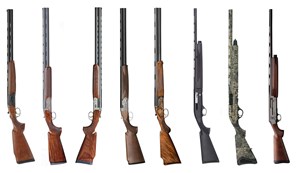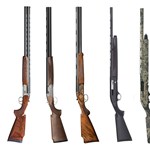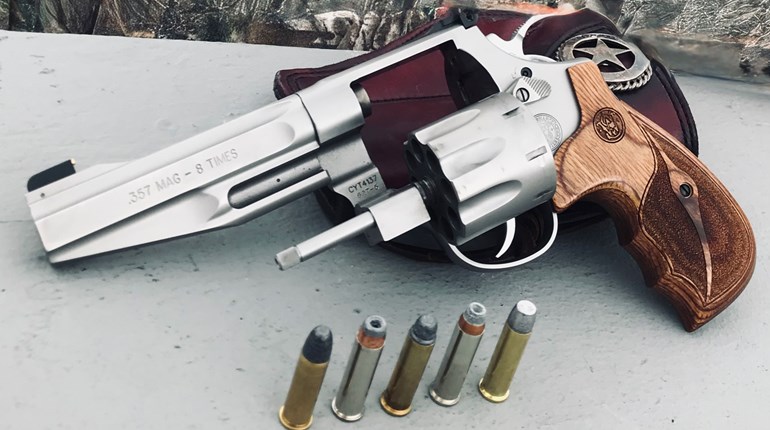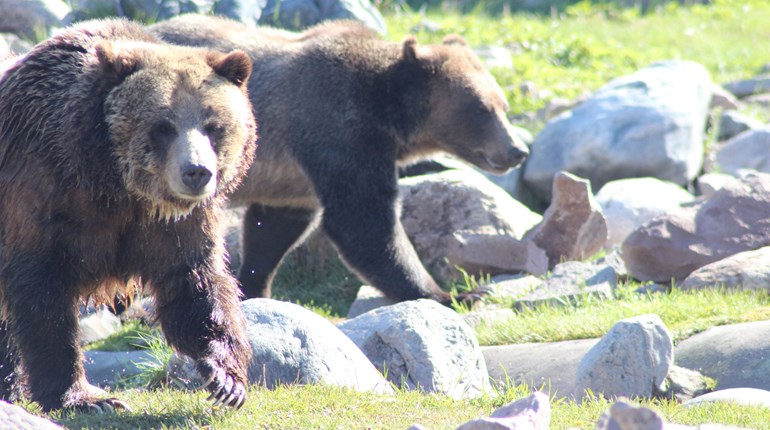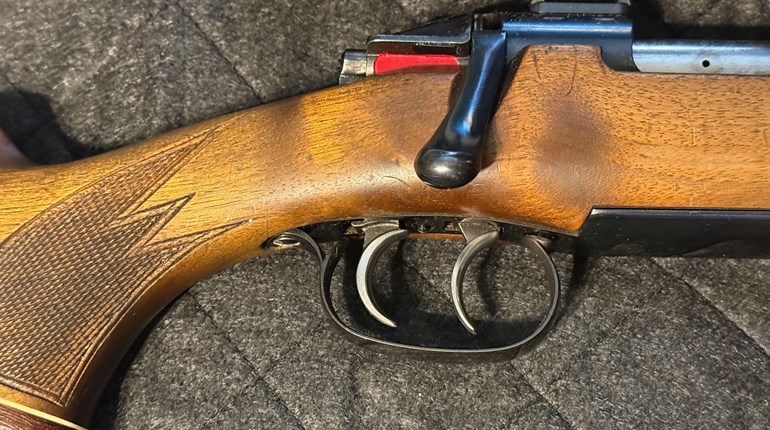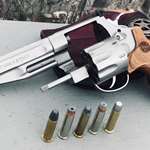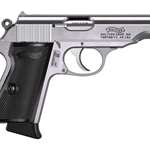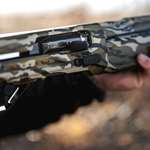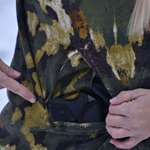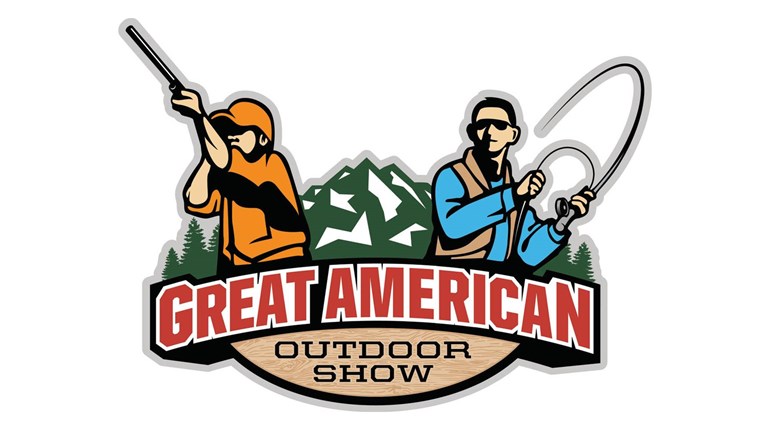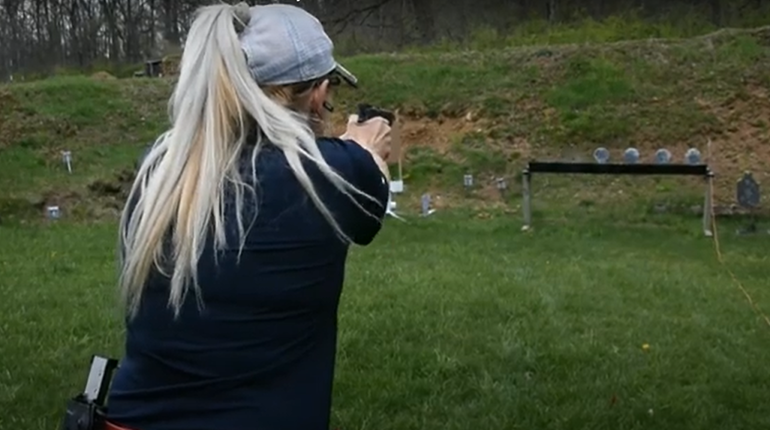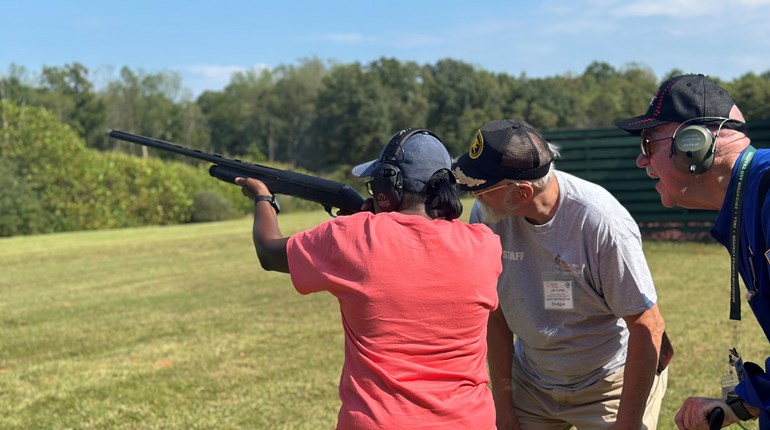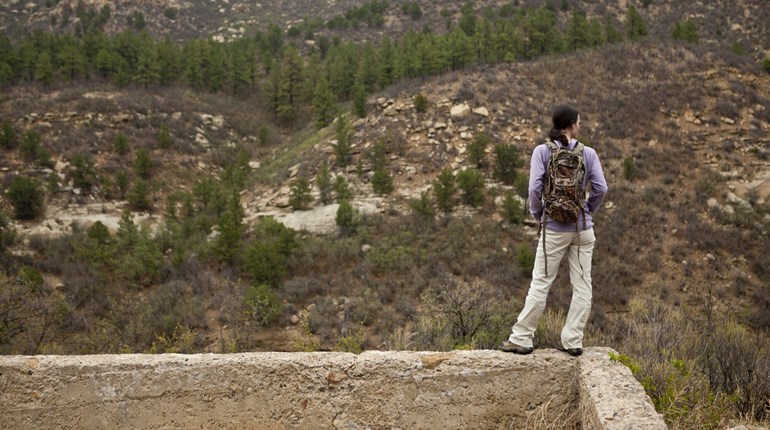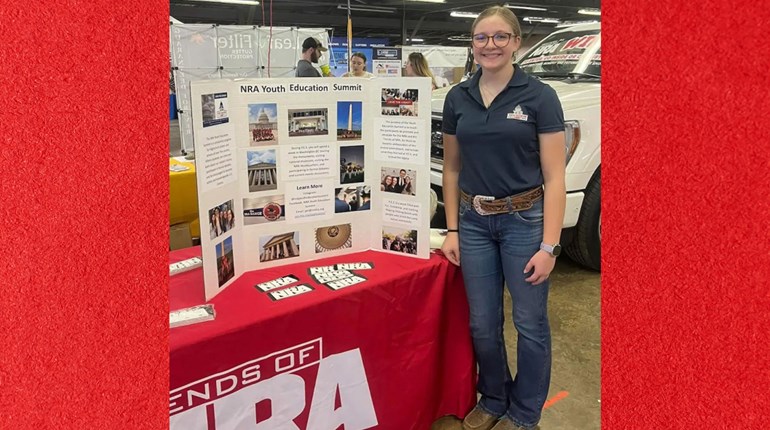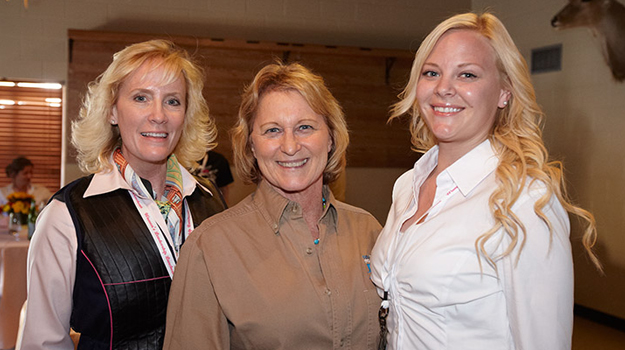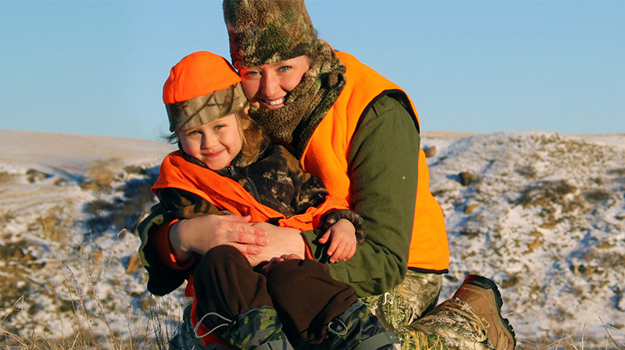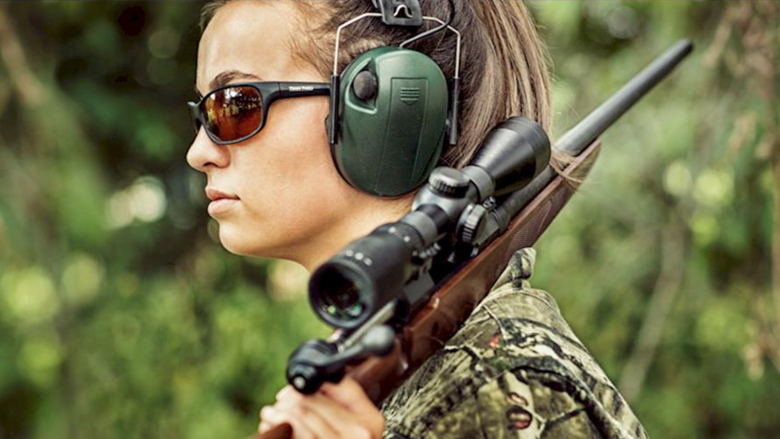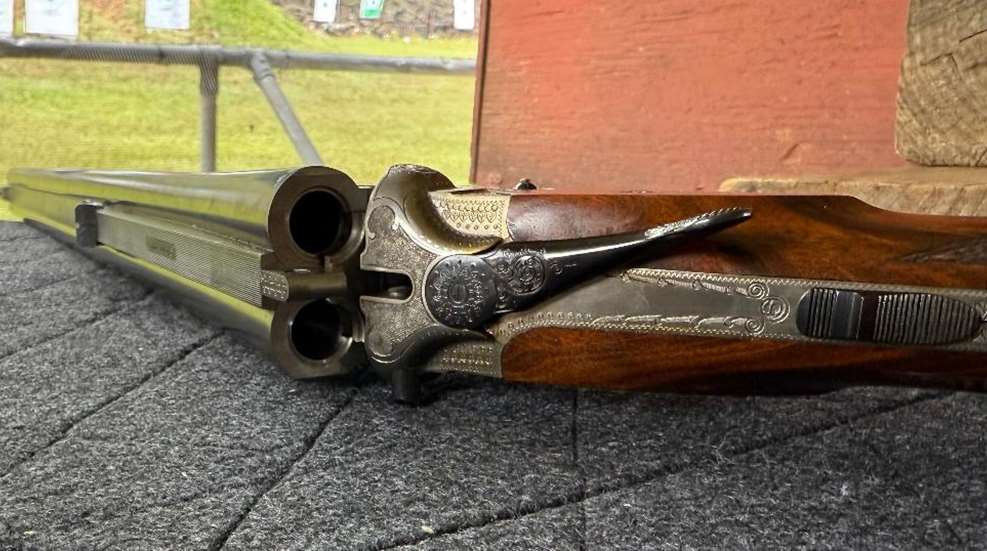
There are a few words and some terminology related to firearms lexicon or “gun-speak” that invoke images of ballistics. Words such as trajectory and velocity are synonymous with ballistics. Other words such as sectional density (SD) and ballistic coefficient (BC) understand how different types of bullets effect ballistics.
Other terminology in firearms lexicon invoke images of power! Words such as magnum and energy conjure images of large, powerful firearms that produce a lot of recoil. Another word is synonymous with big bore, big bang and big kick— “express.”

Express rifles have been a part of rifle terminology for approximately 175 years. Unlike a lot of firearm evolution whereas early firearms are replaced by more desirable newer models and actions, express rifles still elicit the same awe and excitement today as they did in the early 1850s. An express rifle is a firearm that can handle the high pressures and muzzle energies of the large bore express cartridges that can deliver a devastating impact.
Like all types of firearms, express rifles went through their own evolution. The concept of these powerful rifles can be traced through muzzle loading express rifles, black powder express rifles, and the modern nitro express rifles.
Muzzle Loading Express Rifles
Express rifles started to come into existence during the percussion cap era. There were two key figures from this era who pioneered the idea of rifles that could deliver heavy bullets with extremely high energy to take down the largest game. These individuals were John Dickson and James Purdey.
John Dickson experimented with rifling to increase the accuracy and energy of large projectiles. His work concentrated on groove depth and projectiles with varying hardness. Dickson developed a two-grooved muzzle loading rifle with a twist rate of .25:30 (1/4 turn in 30 inches) in the 1840s, which exceeded the power of any rifle of that time. His single and double rifles ranged in size from 11 bore to 70 bore.
James Purdey coined the term “express rifle” in 1851. Purdey claimed his rifles could shoot a large projectile fast and straight like an “express train.” Purdey’s two-grooved muzzle loading rifle with a twist rate of 1:72 (one turn in 72 inches) propelled a heavy projectile at high velocity resulting in a flat trajectory with high energy at impact.
Black Powder Express Rifles
The first true breechloading express rifles were chambered for black powder express cartridges. It was the introduction of the pin-fire black powder firearm in 1851 that propelled breech loading firing self-contained cartridges, that launched guns, including express rifles, into the new era. If it were not for this breakthrough, the evolution of firearms would have been set back for decades.
The express rifles from this era reached velocities of 1,750 feet per second (f.p.s.), which was unheard of during this time. The express rifles of this era were separated into four categories. Large bore express rifles, medium-bore, high-velocity express rifles; small-bore long-range express rifles; and miniature short-range express rifles.
Large bore express rifles were designed for large and dangerous game animals with thick hides. These animals included elephants, rhinoceros, and cape buffalo. The calibers in this category range from .450, .470, .500, .577/500, and .600 express black powder cartridges.
Medium bore high velocity express rifles were designed for medium to large dangerous game animals with thin hides. These animals included lions, leopards and tigers. The calibers in this category range from .360 to .450/.400 express black powder cartridges.
Small bore long range express rifles were designed for non-dangerous hoofed game animals with thin hides. These calibers were made to reach out to hit animals at ranges between 100-200 yards. Calibers in this category are considered anything smaller than .360 caliber.
Miniature, short range express rifles were very small calibers ranging from .22 to .30 caliber firearms. These calibers were for shooting very small game animals such as varmints, dik-diks, and oribi.

Nitro Express Rifles
In the 1880s, nitro express rifles made their appearance when smokeless powder was used in the manufacturing of express cartridges. Nitrocellulose-type gun powder was used in these express rifles. Express rifles were now referred to as Nitro Express (NE) Rifles. Most of the nitro express calibers developed in the 1880’s are still shot today although it may be very difficult to find some ammunition. Many must be custom loaded with expert reloaders who can safely and properly resize and manipulate modern cases.
During this early era of development, some of the best-known gun makers became synonymous with nitro express rifles. They included Holland and Holland (H&H), John Rigby, James Purdy, Eley Brothers, and W.J. Jeffery & Co. This era gave rise to some of the world’s greatest hunters of the early 1900s. These names include Sir Samuel Baker, Fredrick Coutney Selous, John “Pondoro” Taylor, and Jim Corbett, to name a few.

One of the most common calibers during this time was the British military issue .577/450 Martini-Henry Rifle. The nitro express train hit about the same time. In the late 1890s to 1907, Great Britain prohibited the import of all .450 caliber cartridges. Great Britain feared that the insurgents would be able to take any .45 caliber bullet and reload the old Martini-Henry Rifles and use it against them. This led to some of the greatest calibers ever being developed. This is when the nitro express calibers really came into their own.
Since there was a total ban of .450 calibers in British Colonies, ammunition and rifle makers had to get busy making new calibers to stay in business. If you were headed to Africa during the ban to go on a safari, in order to possess firearms in British-held territories, they could only take calibers smaller or larger than the .450 caliber. This resulted in the hunter having many options to choose from.
Because of the British ban on .450 calibers, nitro express rifles and cartridges leapt forward in evolution in design and development of more than 42 different calibers. Some of the many popular calibers that came out of this progression were the .400 Jeffery Nitro Express, .470 Nitro Express, .600 Nitro Express, and the monstrous .700 Nitro Express. Along with these popular cartridges, there is also the .350 Rigby Nitro Express, .450/400 Nitro Express, and the .700/577 Sahar Nitro Express.
Express rifles and their corresponding cartridges have passed the test of time. The gun and ammunition industry are continuing to develop the next hottest and greatest round. Even old-time favorites such as the .30-06 Sprg. go through minor facelifts to improve its ballistic performance to attract new customers. After all, it is all about marketing.
Express rifles and cartridges, for the most part, stay the same. From the beginning, they were built on perfection, and it is hard to improve on perfection. This is because it was the extreme hunters of the time who worked with and demanded their needs from the gun makers and ammunition manufacturers, ensuring these companies produced what they needed. These men, including the ones mentioned earlier, needed firearms and ammunition that performed flawlessly. To men like Sir Samuel Baker, Fredrick Coutney Selous, John “Pondoro” Taylor and Jim Corbett, the right gun/caliber combination was not only about dropping the game animals they hunted, rather it was mostly about not getting killed and eaten while in pursuit.






